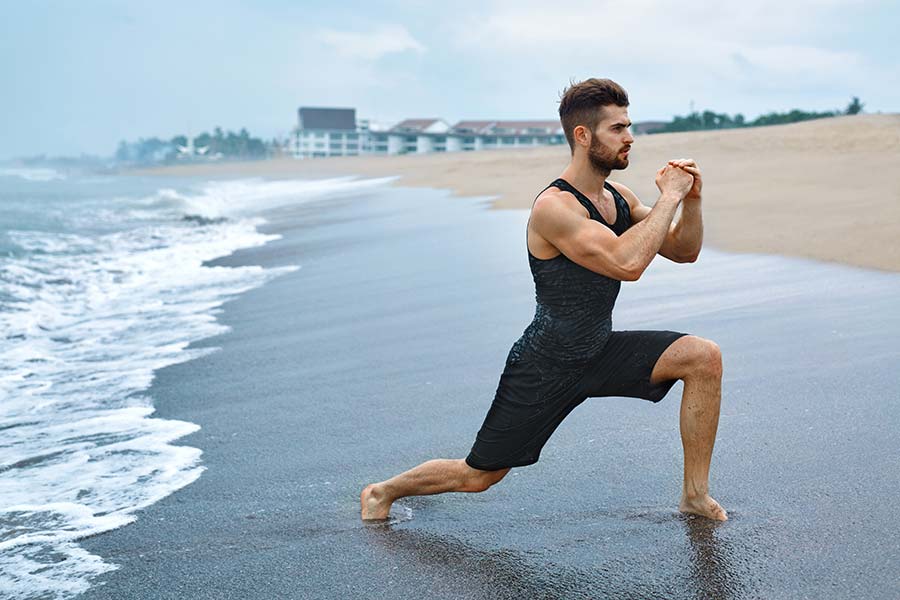Exercise in the great outdoors
Writer: Susie Yakowicz
Make outdoor exercise safe and effective
Exercising outside during the summer months has many perks, including scenic settings, fun fitness activities, and fresh air. But when the heat and humidity kick in, outdoor workouts can also be tiring, unproductive, and even dangerous if you’re not careful. Don’t let the warm weather send you back inside. Try these seven ways to make outdoor exercise during summer safe and effective—and turn the heat into your fitness friend rather than foe.
Choose activities that embrace nature
Part of the draw of exercising outside in summer is the chance to enjoy nature while you’re getting a workout. Find activities that allow you to revel in the beauty of the great outdoors: a hike surrounded by the sights and sounds of woodland animals or yoga practice against the setting sun. Embracing nature while you exercise can inspire you and boost your workout.
Dress for the weather
Don’t be too quick to leave the house wearing your usual exercise garb. If it’s warm and humid, don clothing to repel the heat. Cotton and other materials specifically designed to absorb sweat are good choices. So is light-colored clothing, which helps reflect heat, and lightweight, loose-fitting tops and bottoms allow drier air to pass along the skin.
Exercise at the right time of day
Late morning to late afternoon tends to be the hottest time of the day. If possible, schedule your daily exercise in the early morning or evening, when the weather is cooler and less humid. You’ll not only feel more comfortable during exercise, you’ll have more strength and endurance for a full and effective workout.
Hydrate often
Staying hydrated during exercise boosts your workout by keeping you energized and your joints and muscles loose. But hydration is especially necessary when you work out in the heat because you can become dehydrated more quickly, which can lead to cramps, fatigue, or heat stroke. Drink water before, during, and after outdoor exercise, even if you aren’t thirsty.
Monitor sun exposure
Exercising in the sun can put your skin at risk and cause overheating and even sunstroke, but that doesn’t mean you have to avoid the sun altogether. A key source of vitamin D, the sun can be health-promoting in small doses. Monitor your time exercising in the sun and protect yourself from overexposure by wearing sunscreen and a hat, or moving your workout to the shade.
Listen to your body
Always pay attention to how you feel when you exercise. Outdoor exercise, especially on a hot day, can be exhausting. Slow down your pace or take a break if you begin to feel dizzy, nauseous, or crampy. If your level of intensity feels good and invigorates you, keep at it. Your body has a way of telling you what’s working and what’s not—listen and heed its signals.
End with a satisfying cool-down
There are many ways to cool down when you’re exercising outdoors, but the first step is to simply slow down. Take your jog to a leisurely stroll or your vigorous bike ride to an easy pedal. Once your body is closer to its resting state, treat yourself to a satisfying cool-down, like a refreshing dip in the pool or a relaxing stretching session under a shady tree.
Don’t think you can’t get a good outdoor workout during the hot summer months. Follow the above tips and enjoy a productive fitness session amid the warm summer breezes.

